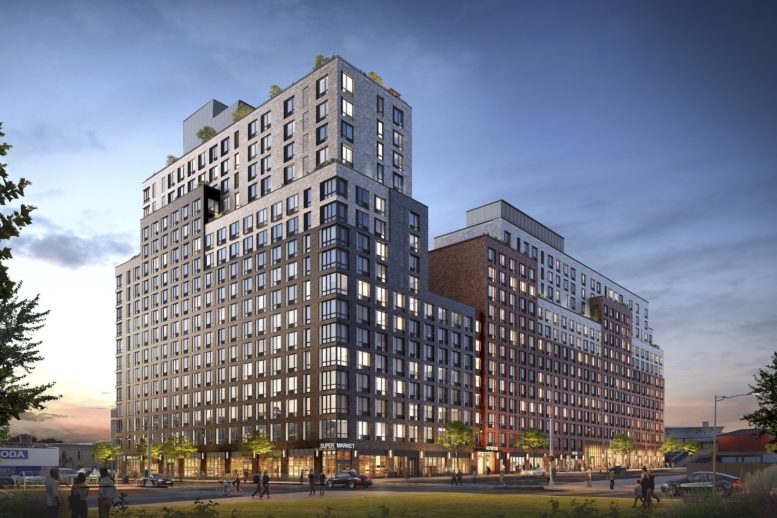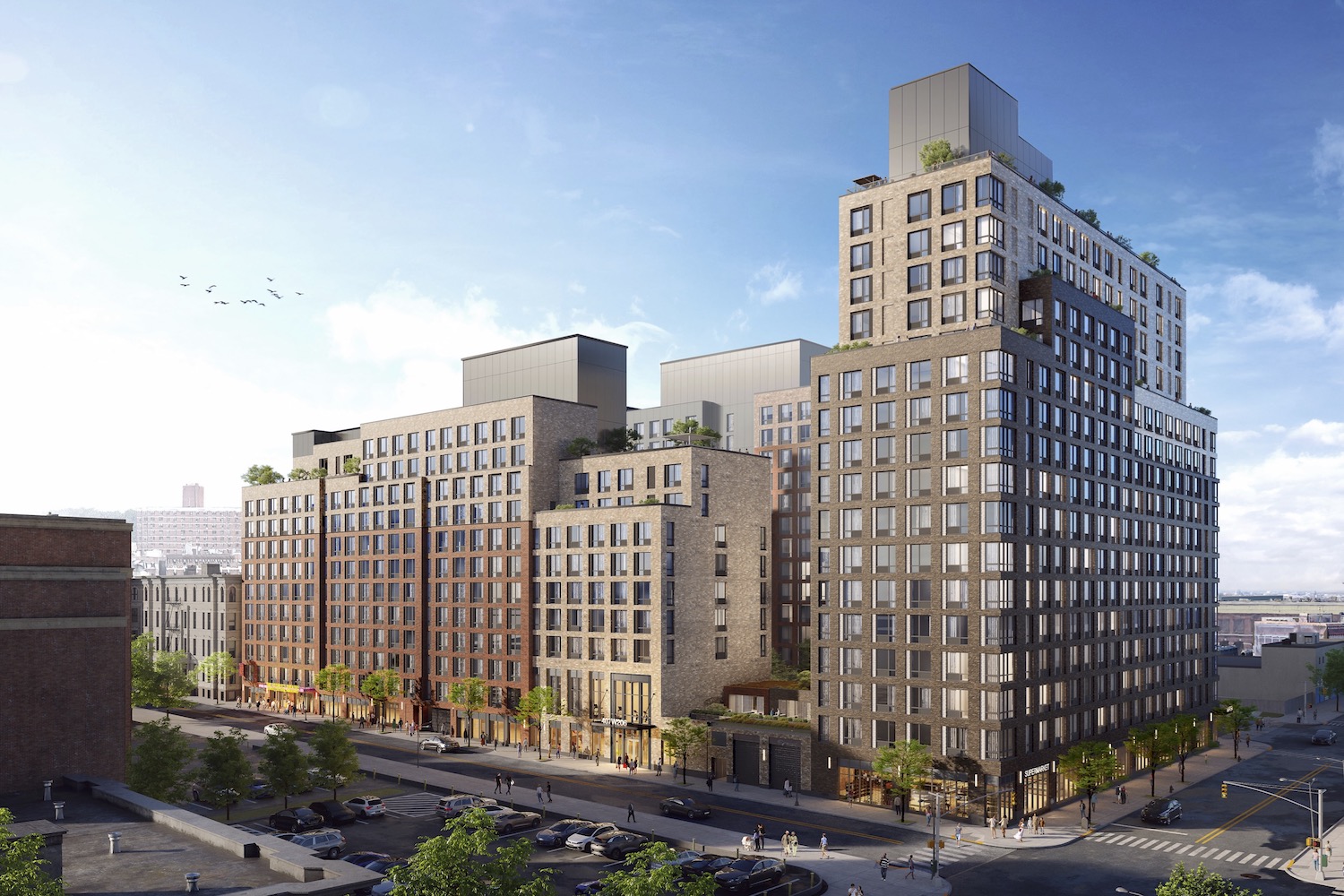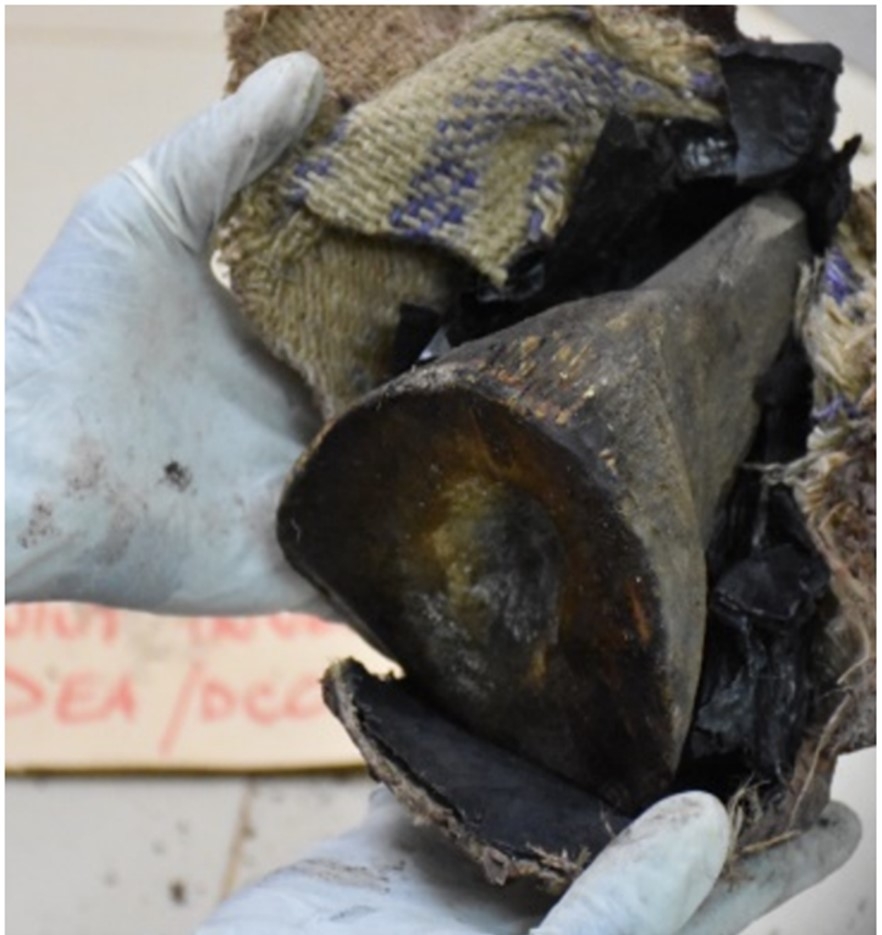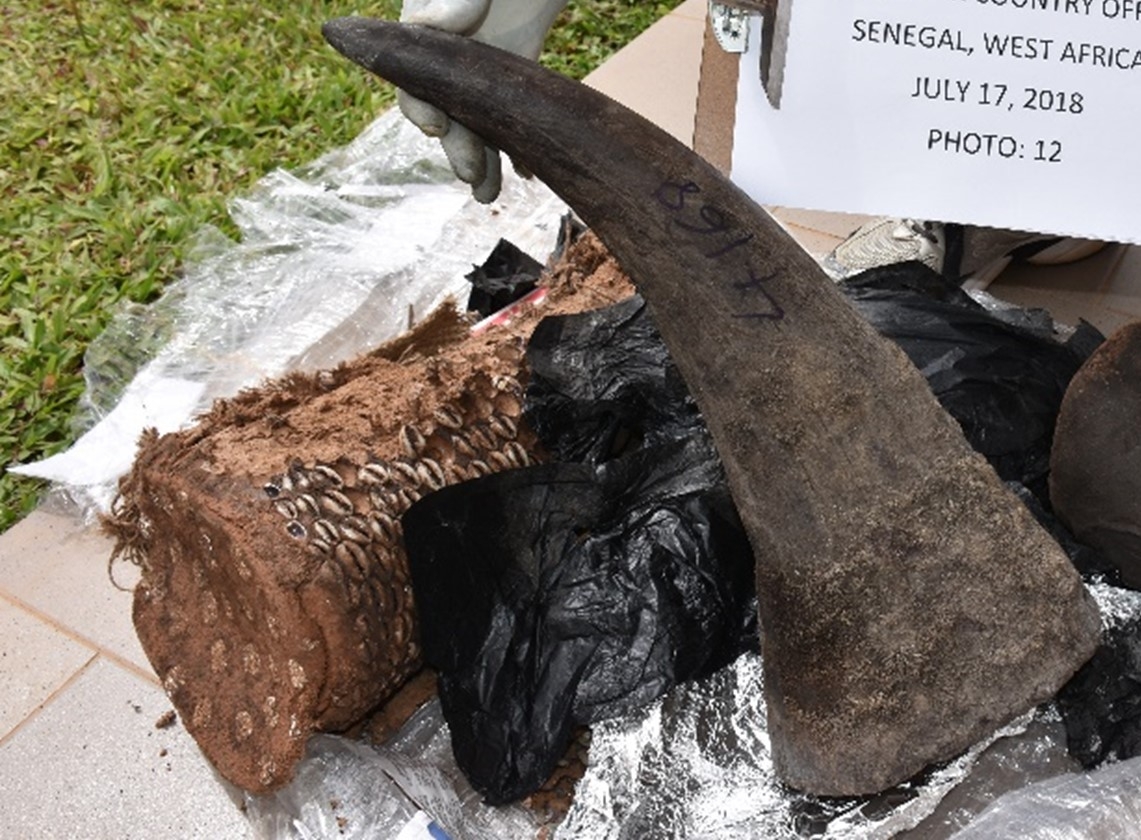
Milestone in Process Toward Authorization of Nation's First Central Business District Tolling Program; Would Improve Regional Air Quality, Tackle New York City's Severe Congestion Problem and Deliver Critical Capital Funding for Transit
Updates to Environmental Assessment Build on Commitments to Environmental Justice Communities
Release of Documents Begins 30-Day Period of Formal Document Availability for Public Notice
Traffic Mobility Review Board to Work on Recommendations on Toll Rates and Structure
Governor Kathy Hochul today announced that the Metropolitan Transportation Authority, New York State Department of Transportation and New York City Department of Transportation have released the Final Environmental Assessment for the Central Business District Tolling Program and a draft "Finding of No Significant Impact," prepared by the Federal Highway Administration.
"This is a significant milestone, bringing us closer to a future where New Yorkers have cleaner air, better public transit and less traffic clogging our streets," Governor Hochul said. "This program is critical to New York City's long-term success, ensuring our commuters and businesses are able to grow and thrive."
Today's release of the documents begins a 30-day period in which they are formally available for public review online here. Those who prefer hard copies may view them at locations listed on the website. After the 30 days elapse, the Federal Highway Administration (FHWA) will make its final decision, completing its review of the potential environmental effects of allowing the Central Business District Tolling Program. Following entry into a tolling agreement with the Federal Highway Administration, tolling could begin up to 310 days later, during which contractors would design, build, test and activate tolling equipment.
During that period, a six-member Traffic Mobility Review Board (TMRB) would develop recommended toll rates along with any potential discounts, crossing credits and/or exemptions. The recommendation would be presented to the MTA Board acting in its legal capacity as the board of the Triborough Bridge and Tunnel Authority, the MTA agency that would collect the tolls. Following the filing and publication of a proposed tolling structure and a public comment period, the MTA would hold a public hearing before any tolling structure is adopted.
New York City Mayor Eric Adams said, "The federal government has given congestion pricing another green light, and we're ready to get it done right. This about more than reducing traffic. We'll invest in our transit system and clean up the air in the most polluted communities. Building a stronger future means ensuring progress includes everyone, and we don't push consequences into overlooked communities. This plan will serve all New Yorkers and won't leave anyone behind. I want to thank U.S. Transportation Secretary Buttigieg, Governor Hochul, Congressman Torres, and all of the advocates who kept their foot on the gas in moving this forward."
MTA Chair and CEO Janno Lieber said, "Congestion pricing means less traffic, safer streets, cleaner air, more economic opportunity, and better transit."
As reflected in the Final Environmental Assessment, the mitigation measures would address potential adverse effects in environmental justice communities. New commitments in the Final Environmental Assessment include:
- A low-income driver discount program would provide a 25% discount for low-income frequent drivers on the full CBD E-ZPass toll rate after the first 10 trips in each calendar month (excluding the overnight period)
- Taxis and for-hire-vehicles may not be tolled more than once a day
- Regional mitigation measures
- Provide a discount of at least 50% on the peak toll for trucks and other vehicles from at least 12 a.m. to 4 a.m.
- Expand NYC DOT's Clean Trucks Program to accelerate the replacement of old diesel trucks to lower-emission vehicles
- Expand NYC DOT's Off-Hours Delivery Program
- Place-based mitigation measures
- Retrofit refrigeration trailers (TRUs) at Hunts Point Market from dirty diesel to clean hybrid diesel
- Expand electric truck charging infrastructure
- Renovate parks and expand vegetative barriers along highways in EJ communities
- Install air filtration units in schools near highways
- Expand the NYC Department of Health and Mental Hygiene's asthma case management program in schools and establish a new asthma center in the Bronx
The TMRB may recommend policies related to discounts and exemptions that go beyond the commitments in the EA.
These commitments are an expansion from the commitments earlier outlined such as prioritizing the electrification of bus depots located in the Bronx and Upper Manhattan EJ communities, providing a tax credit for low-income CBD residents with adjusted gross income less than $60k and eliminating the $10 E-ZPass tag deposit fee. For the full list of commitments, see here.
Less traffic congestion. New York is among the most congested cities in the United States. Congested streets slow down buses, delay delivery services, raise the cost of doing business, and degrade our quality of life. The Environmental Assessment estimates a roughly 15-20% reduction in the number of vehicles entering the Central Business District, or about 110,000 to 143,000 fewer vehicles daily, about as many as enter Manhattan on the Brooklyn Bridge today.
New York City buses serve a greater share of low-income and minority households compared to other modes of transportation, including subways. Local bus speeds have declined 28% in the Central Business District since 2010 and Select Bus Service in Manhattan is 19% slower than Select Bus Service in other boroughs. While ongoing MTA initiatives such as the bus network redesigns have shown improvement in speeds, congestion pricing would not only improve travel times for bus service, but also paratransit service.
A more equitable, accessible transit system. The program would generate net revenues sufficient to leverage $15 billion for the MTA's 2020-2024 Capital Program which includes transformational projects. The MTA's transit system, and particularly the bus network, promotes equity by serving low-income and minority communities. The funding would allow the MTA to progress on its aggressive timeline of completing accessibility improvements, along with performing necessary state-of-good repair work to the more-than-a-century old transit system.
A healthier, more sustainable future. Congestion pricing would improve overall regional air quality with one of the most comprehensive plans the region has implemented to support a greener future. The environmental assessment found in all tolling scenarios an overall decrease in vehicle-miles traveled in the Central Business District and region overall, and that the program would encourage some commuters to shift from their vehicles to transit.
The MTA and two departments of transportation received and responded to more than 22,000 individual comments and more than 55,000 form submissions. There were more than 25,000 views cumulatively of online videos of the public hearings.
The Environmental Assessment assesses impacts to traffic and public transportation for a regional transportation network with 28.8 million journeys per average weekday, 61,000 highway linkage points, 4,600 traffic analysis zones, 44,267 bus stops or transit stations, 4,170 transit routes, and more than a dozen public transportation providers in addition to the MTA, including NJ TRANSIT, PATH, ferries, and regional bus systems including Westchester County Bee-Line, NICE, and Suffolk County Transit.













